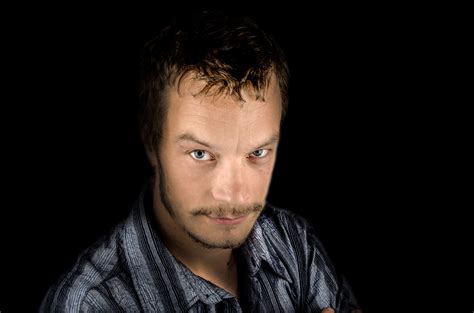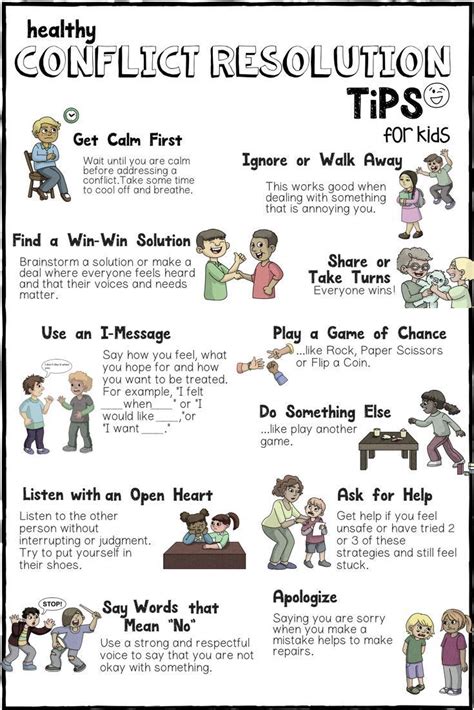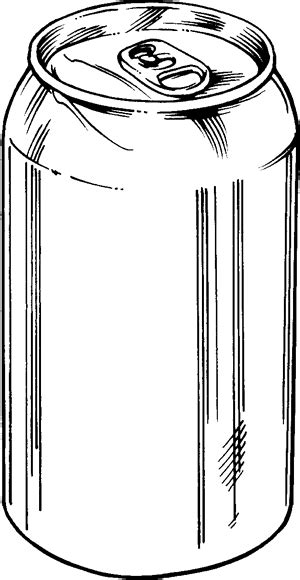The Enduring Echo of Childhood: Shaping Adult Conflict Styles
The foundation of how men approach conflict in adult romantic relationships is often laid long before they ever embark on such partnerships. Early family relationships, with their complex web of interactions, emotional expressions, and unspoken rules, serve as a powerful blueprint. From observing parental disagreements to internalizing specific gender roles and developing unique attachment styles, these formative experiences profoundly influence a man’s comfort with, and capacity for, navigating disagreements with a romantic partner.

Modeling Parental Conflict Resolution
One of the most direct influences is the observation of how parents or primary caregivers handled conflict. Children are astute observers, and they internalize the strategies, both healthy and unhealthy, that they witness daily. If parents engaged in open, respectful dialogue, compromise, and mutual problem-solving, a man is more likely to replicate these behaviors. Conversely, if conflict was characterized by avoidance, yelling, stonewalling, or aggression, he may adopt similar dysfunctional patterns or, in some cases, react against them by becoming overly passive or conflict-averse.
- Direct Imitation: Men may unconsciously mimic the specific language, tone, or tactics used by their parents during arguments.
- Reactive Avoidance: Some men, scarred by volatile or unresolved parental conflicts, might become extremely uncomfortable with any disagreement, leading to avoidance or withdrawal.
The Pervasive Impact of Attachment Styles
Attachment theory offers a crucial lens through which to understand these influences. Formed in infancy through interactions with primary caregivers, attachment styles (secure, anxious, or avoidant) dictate how individuals relate to intimacy, vulnerability, and emotional security, especially under stress. These styles are heavily activated during conflict:
- Secure Attachment: Men with secure attachment tend to be comfortable with intimacy and interdependence. In conflict, they are typically able to express their needs and feelings openly, listen to their partner, and seek collaborative solutions. They trust that their partner is available and responsive.
- Anxious Attachment: Shaped by inconsistent care, anxiously attached men may fear abandonment and seek high levels of reassurance. In conflict, they might become overly emotional, demanding, or prone to ‘protest behaviors’ (e.g., intense arguments, clinging) in an attempt to re-establish connection and alleviate their fear.
- Avoidant Attachment: Often a result of unresponsive or rejecting care, avoidantly attached men tend to suppress emotions and value independence. During conflict, they are likely to withdraw, become defensive, or shut down emotionally, finding intimacy and vulnerability threatening.

Emotional Expression and Regulation Learned at Home
Early family environments also dictate acceptable ways for men to express and regulate their emotions. If a family discouraged the open expression of ‘vulnerable’ emotions like sadness or fear, or if anger was the only acceptable male emotion, a man might struggle to articulate a full range of feelings during a disagreement. This can lead to misinterpretations, escalation, or unresolved issues. He might suppress feelings until they explode, or simply shut down, unable to access the words needed for constructive dialogue.
Gender Roles and Expectations within the Family Structure
Societal and familial expectations of masculinity play a significant role. If a man was raised in an environment that emphasized stoicism, self-reliance, or the idea that ‘men don’t cry’ or ‘men solve problems, not discuss feelings,’ he may find it challenging to engage in the vulnerable, empathetic communication often required for healthy conflict resolution. He might view conflict as a competition to be won, a problem to be fixed logically (without emotional input), or something to be avoided altogether to maintain a perception of strength and control.

Common Conflict Resolution Patterns Manifested by Men
These early influences often coalesce into identifiable patterns in adult romantic partnerships:
- Withdrawal or Stonewalling: Frequently linked to avoidant attachment or a learned belief that conflict is dangerous or unproductive.
- Aggression or Defensiveness: Can stem from anxious attachment (a desperate attempt to be heard/seen), or learned combative styles.
- Passive Aggression: When direct expression was implicitly or explicitly discouraged, leading to indirect expressions of frustration or anger.
- Compromise and Collaboration: More typical for securely attached individuals or those who had positive conflict models, enabling them to navigate disagreements constructively.

Breaking the Cycle: Awareness and Intentional Growth
While early experiences are powerful, they do not dictate an immutable destiny. Recognizing the roots of one’s conflict style is the first step towards change. Men can actively work to develop healthier approaches:
- Self-Reflection: Understanding one’s own triggers, emotional responses, and habitual patterns during conflict.
- Open Communication: Learning to articulate needs, feelings, and boundaries respectfully, and actively listening to a partner’s perspective.
- Emotional Literacy: Expanding the vocabulary and capacity for expressing a full range of emotions beyond anger or stoicism.
- Therapy and Counseling: Professional guidance can help men unpack past experiences, reframe attachment patterns, and develop new, effective conflict resolution strategies.

Conclusion
The journey from early family dynamics to adult romantic conflict resolution is intricate and deeply personal. Men’s experiences in their formative years—from observing parental interactions to developing their attachment blueprints and internalizing gendered emotional norms—create a significant framework for how they engage with disagreement in love relationships. While these early lessons are deeply ingrained, self-awareness, intentional effort, and a commitment to growth offer every man the opportunity to evolve beyond inherited patterns, fostering healthier, more fulfilling partnerships built on mutual understanding and constructive resolution.




